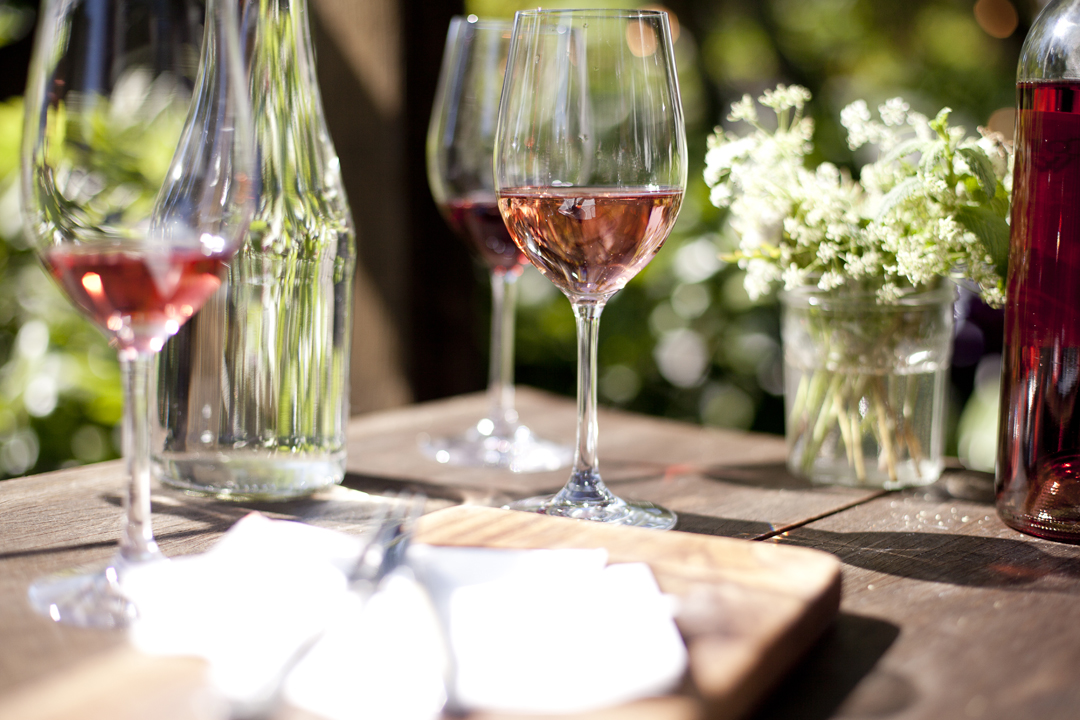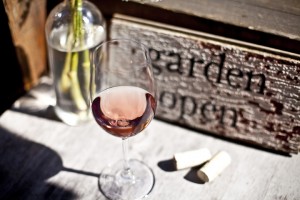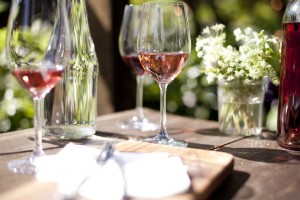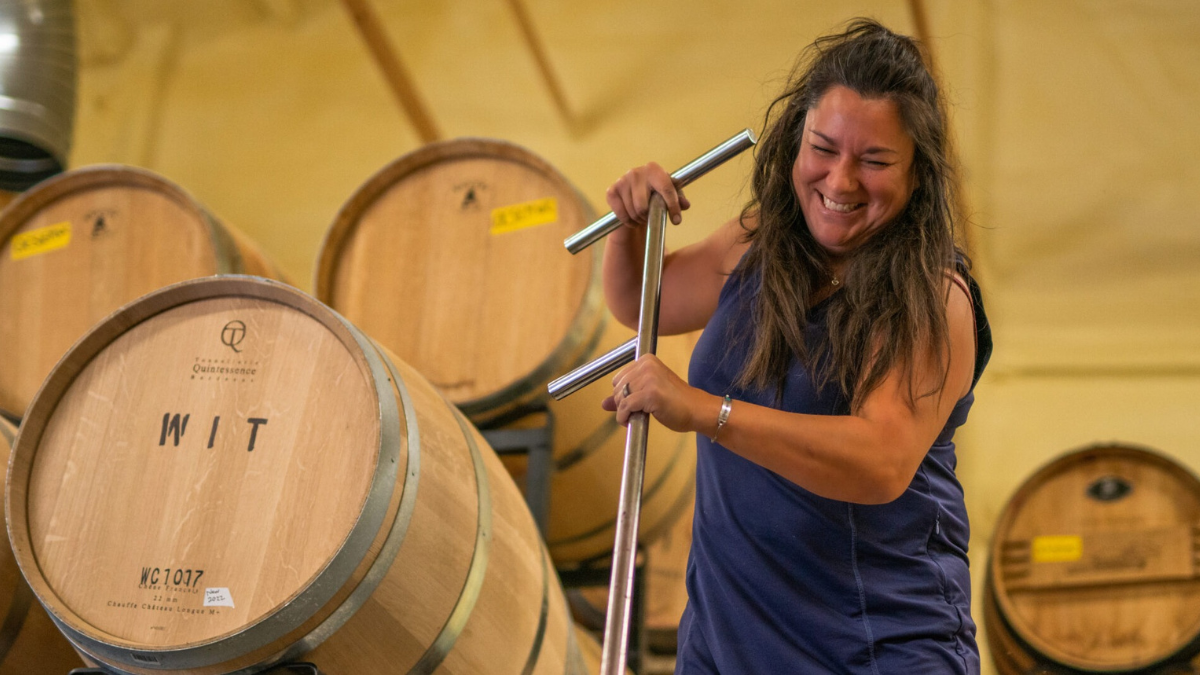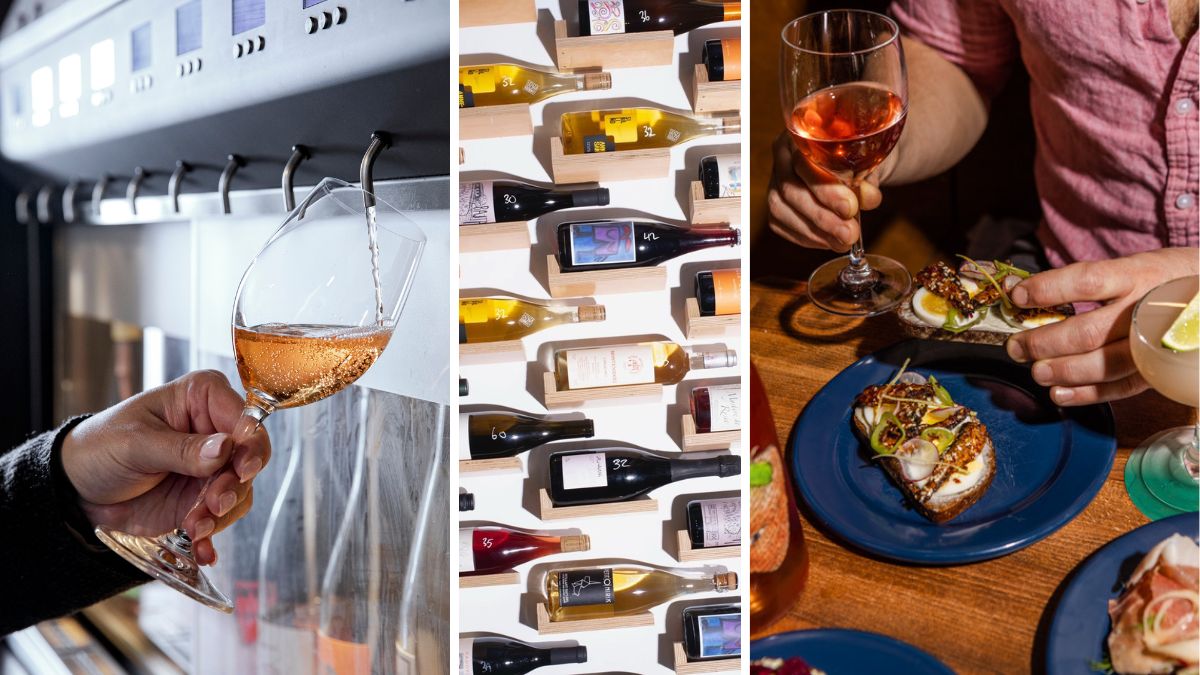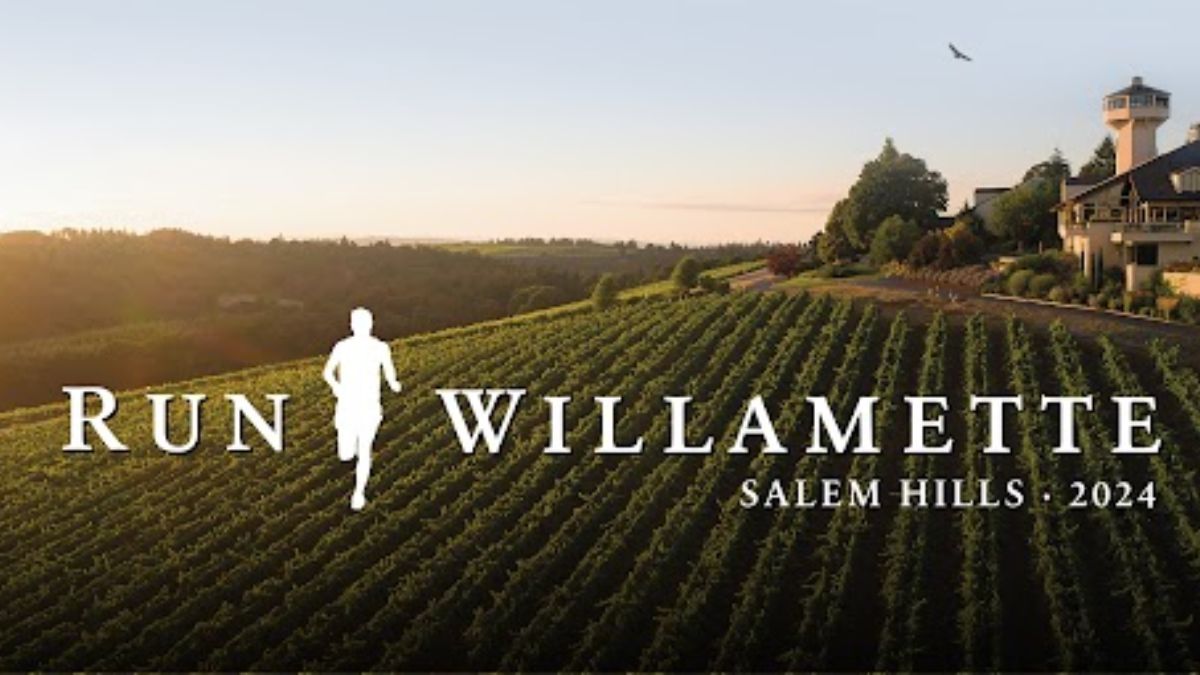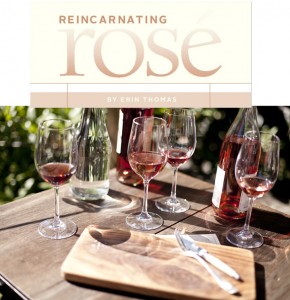 Reincarnating Rosé
Reincarnating Rosé
How the Pacific Northwest Has Revitalized Pink Wine
By: Erin Thomas
It’s hard out there for rosé. The wine has been pushed around, beat up and bullied since White Zinfandel became the wine industry’s black sheep in the late 1980s. Seeing pink sends some consumers spinning into regurgitated memories of college summers gone wrong and misspent or meager paychecks on seasonal beverages that didn’t suffice.
The wine, the myth, the legend is now in better hands. Enlightened hands that know what they are doing, whether they are carving a gem out of a hapless vintage, making use of excess pressed juice or devoting barrels to producing pink annually, it is now a better world for rosé.
The standards have changed – neon was left in the decade it came from, dry and crisp are definitive descriptors that winemakers strive for and seasonality is everything. According to Greg Harrington of Gramercy Cellars via his Facebook page, “if you can wear white pants, you can drink rosé.”
Although the dogmatic winemaker’s post turned a few heads with his judgment on varietal choice (single), production style (stainless steel with “proper maceration techniques”) and his criticism toward those who produce rosé as an afterthought, the man made one point all rosé-producing winemakers should agree on.
“Never be ashamed to admit you love rosé with your whole heart and soul,” Harrington states. “It will never give you more than a summertime romance, but you will always have the memories.”
PINK AND PROUD PRODUCTION
Making rosé comes down to three different maceration methods, says Southern Oregon’s Del Rio Vineyards winemaker, Jean-Michel Jussiaume. Saignee, which means “to bleed,” has a winemaker harvesting red grapes into a tank and seeping off the slightly red juice. The longer the wine remains in the tank, the darker the color will grow and the heavier the intensity of the tannin will fill in. The juice is then removed and fermented separately into rosé wine.
The second technique involves leaving the juice in skin contact with the bruised red grapes for the preferred amount of time to extract the desired color. The third method is to blend white grape juice with red grape juice, such as Del Rio’s Rosé Jolee which blends early ripening Muscat with Riesling and a percentage of a red wine blend.
“A rosé, first of all, is about color,” Jussiaume says. “Achieving the color you are looking for is very difficult. You have to extract more color at the beginning because you are going to lose a lot during fermentation and fining.”
Dundee Hills’ Stoller Vineyards winemaker Melissa Burr agrees, saying the ultimate test in producing rosé is the color. “You want the color and you want flavor so you can make a really interesting and flavorful product, but you don’t want the tannin you can get from prolonged skin contact,” Burr says. “How much is too much extraction? That’s everything because you don’t want a phenolic, tannic rosé. You want to showcase the (brightness) of the fruit, the acid, soft and vibrant.”
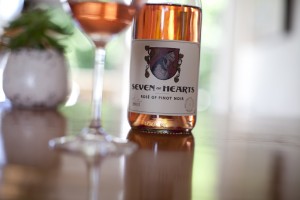
WHEN VINTAGE COUNTS
Vintage governs all in the Pacific Northwest, says Burr, who makes a saignee-style rosé from her general Pinot Noir production. “Vintages can pendulum and be very dichotomous from year to year,” she adds. “Rosés give a preview of what’s to come in its most fresh form.”
The 2011 vintage, Burr says, was a strikingly cool growing season, which caused a later than normal harvest and the resulting grapes came in with lower to moderate sugars. “It was lower than we’ve seen in a lot of subsequent years, but with a lot of great, natural acidity,” Burr describes of the previous vintage. “That’s good material to begin making rosés, the goal is to have something fresh, bright and dry.”
As an underlying theme with winemakers of white wines and rosé, acid is king and can only be naturally achieved from cooler growing conditions. “When you taste the wine, the acidity is supposed to make you salivate and make you want a little bit more,” Jussiaume says.
Because of the bracing acid and structure, rosés chemically should have the potential to age, says Trey Busch, winemaker and co-owner of Sleight of Hand Cellars in Walla Walla. “They’re not different than great white wine, they’re high in acid and if they have the fruit to support it, they should age beautifully,” says Busch.
FORM OF EXPRESSION
When winemaking is a marriage of art and science, passions and individual positions grow rampant and are often shared with conviction.
“There is no best way to make a rosé because it’s all up to personal ideas and how you want to interpret the vintage,” Mark Ryan Winery winemaker Mike MacMorran says. “It’s like arguing over who is the greatest rock ’n’ roll guitar player of all time – is it Jimmy Hendrix, is it Page? There is no analytical way to (confirm) this is the best wine because it is made in this specific way. It’s all interpretation.”
Harrington and Busch lean more fervently toward single-varietal, skin-contact fermentation techniques with the initial and pure purpose to bottle a rosé.
“I can’t say everyone is making a rosé with the intent of making one,” Busch says, in respect to his six-year running program of Cabernet Franc rosé. “Sometimes it’s unripe and they don’t want to make red wine out of it so sometimes (rosé) is an afterthought to generate cash flow. To me, they’re highly manipulating the wines because those grapes were picked to be a red wine, not a rosé.”
MacMorran, who yields a saignee-style rosé of the grape varieties used in his red wine program, says rosé and winemaking in the broad spectrum is up to the winemaker’s own discretion and encourages the discussion of differing styles.
“People tend to speak in these absolute terms,” MacMorran says. “We are making wine, we’re taking beautiful fruit that will more than likely ferment itself and more than likely comes from a vineyard that is producing great grapes. I always appreciate when people speak passionately about what they’re doing, I just wish people would recognize there is no best way.”
THE WAR AGAINST WHITE ZIN
From the best way to the old way, rosé might have lost a few battles to White Zinfandel, but Northwest winemakers are optimistic they are winning the war.
“People see pink in a glass and they have already predetermined what it is,” Busch says. “You want to think that everybody is a partner in the rosé revolution, but unfortunately there is still a huge customer base out there who has no idea what great rosé tastes like. It’s just a matter of educating them, one customer at a time.”
Conversion to the rosé walk of faith is always an accomplishment for a winery and helping change the perception of the uninformed consumer is a win for wine, says Burr. “I think if people can discover the world of rosés out there and even in their own backyard, people will find it’s a really appropriate food-friendly and versatile wine.”
Wine writer and former editor of Food & Wine Magazine Lettie Teague ranted about the hype and glorification of rosé in her column a few years back. She cited the wine as seasonal, coming with the baggage of White Zinfandel defamation and lacking in aging capabilities.
Critics and producers alike can only say and do what they can, when the bottom line is up to the consumer, says MacMorran.
“The market is going to tell you if your rosé is priced correctly and if the rosé is good,” MacMorran explains. “It’s not up to the winemaker or even the winery itself to tell the consumer what is good. At the end of the day, the consumer is the one who’s going to tell you what.”
French-native Jussiaume says he finds the Northwest to be an ideal climate for rosés, even in respect to his homeland’s styles. “The Northwest has bright fruit and a fresh palate which is great because it goes so well with summer food,” Jussiaume says. “However, you can always talk about the wine, but in the end, you just need to taste it.”

